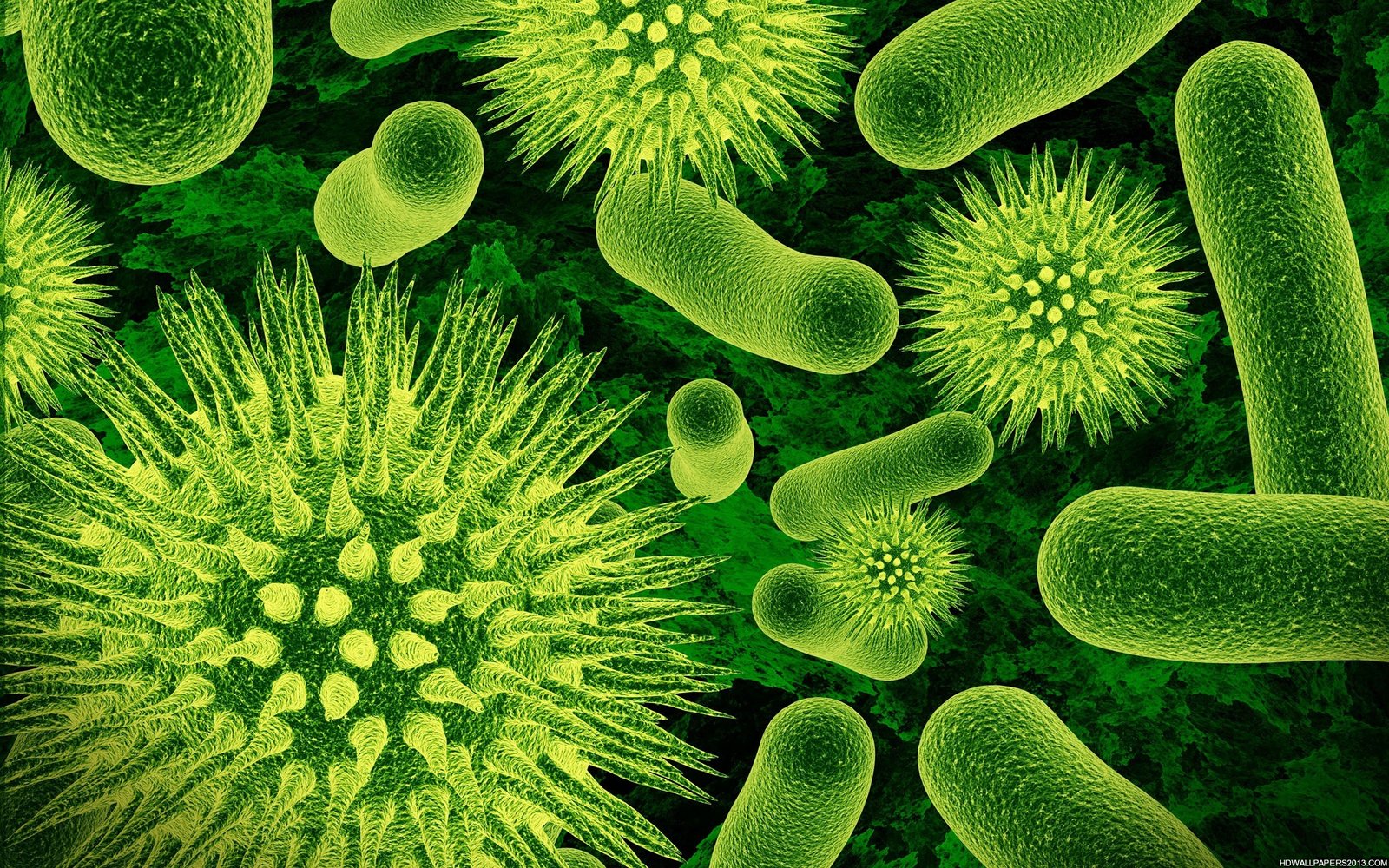
Singapore - NPL, the UK's National Measurement Institute (NMI) and UCL (University College London) have engineered a brand new artificial virus that kill bacteria on first contact, as published in Nature Communications.
Antibiotic resistance has become an ever-growing global challenge, with more than 700,000 people across the world dying from drug resistant infections every year. As a result, antibiotic discovery has fallen well behind its historical rate, with traditional discovery methods being exhausted. NPL is addressing technology and innovation challenges in response to this, including support for the implementation of synthetic / engineering biology.
In line with NPL's approach to addressing the global threat of antimicrobial resistance by helping to develop new antibiotics, a team of researchers from NPL and UCL have engineered a purely artificial virus, which has the ability to kill bacteria on contact.
This new virus is built using the same geometric principles that determine structures of naturally occurring viruses, known as polyhedral capsids. The resulting synthetic virus acts as a 20-nm spherical 'drone' that, upon recognising bacterial cells, attacks their cell walls with bullet speed and efficacy.
In contrast to a traditional antibiotic, these artificial viruses tackle a bacterium as a whole, starting with the disruption of the most complex, but vulnerable part of a bacterial cell - its membrane. This provides an advantage over an antibiotic, which must reach and hit its single target inside a bacterial cell to be effective.
This action means that bacteria are less likely to become resistant to the virus - opening the door to potentially more effective treatments of resistant bacteria.
Furthermore, because such viruses leave human cells unaffected, but have the ability to infect them like viruses do, they hold promise for gene delivery and gene editing - core capabilities for gene therapy and synthetic biology - as well as for killing bacteria that hide inside human cells.
Max Ryadnov, science leader in Biometrology at NPL said, "This work adds to the growing toolbox of engineering metrology methods and materials being developed at NPL to realise the full potential of synthetic biology for industry and healthcare. The research may also offer long-term and creative solutions for alternative treatments of infectious diseases that are urgently needed."




